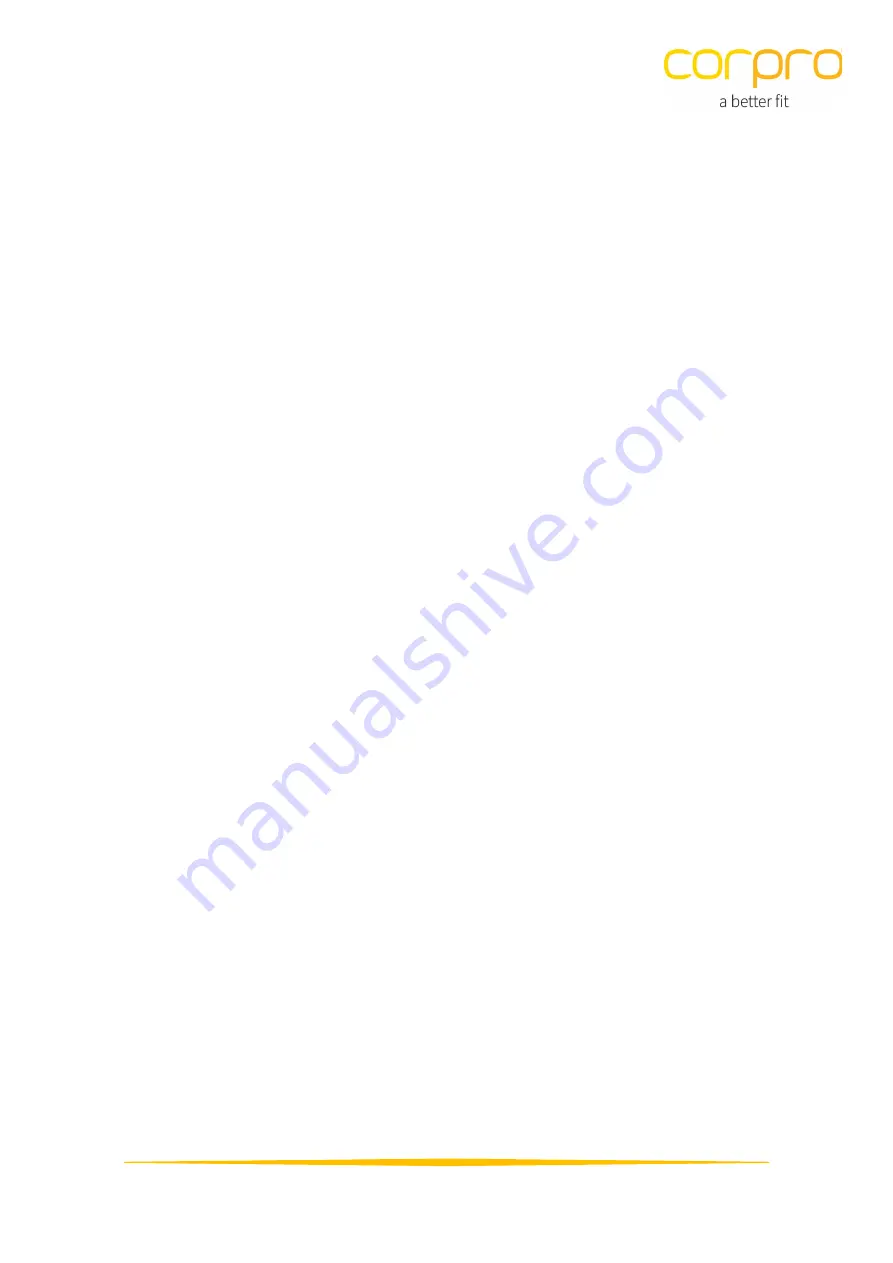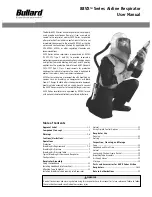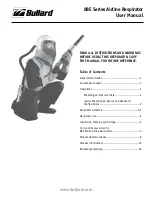
© Copyright, Core Protection Systems Ltd, 2021
Page 23
NB: Only use the filter if the packaging is undamaged/sealed before first use. Damaged/opened
packaging will invalidate the expiry date and may reduce the filter performance.
3.3.2.2 General Maintenance
It is important to maintain RPE as a whole to ensure that it remains in good working order for wearer
safety. This includes the filters.
According to HSE guidance HSG53
1
/ COSHH essentials R3
2
, and in accordance with our manufacturer
instructions, filters should be disposed of and changed at least every three months, or…
•
For particulate filters, until the filter becomes clogged (i.e., it becomes difficult to breathe
through)
•
For gas/vapour filters, there are perceptible olfactory changes when wearing your mask (i.e.,
you begin to smell chemicals when wearing your mask)
•
For combination filters, until either the filter becomes clogged or there are perceptible
olfactory changes when wearing your mask
…whichever point is reached sooner. This is assuming the user is breathing through the filters for an
average of 40 hours per week (8 hours per day) and that the filters are handled, maintained and stored
adequately. Longevity of filters is also subject to an individual’s breathing rate and level of
contaminant present. Speak to your Health and Safety department for more information.
3.3.3 Cleaning and Disinfection
Ultimately, cleaning procedures, including cleaning frequency, depend on the working environment
and so this should be clarified based on organisational risk assessments. However, general advice can
be offered.
For thorough disinfection, it is advised to wipe the outside of the filter with one of the following
solutions:
•
Antibacterial soap and warm water (~ 40
°C
).
•
10% bleach solution with water.
•
60% or over isopropanol alcohol (IPA) products.
•
Hypochlorous acid products.
•
Hydrogen peroxide solutions.
•
Vapourised hydrogen peroxide (VHP).
•
Equivalents to the above.







































